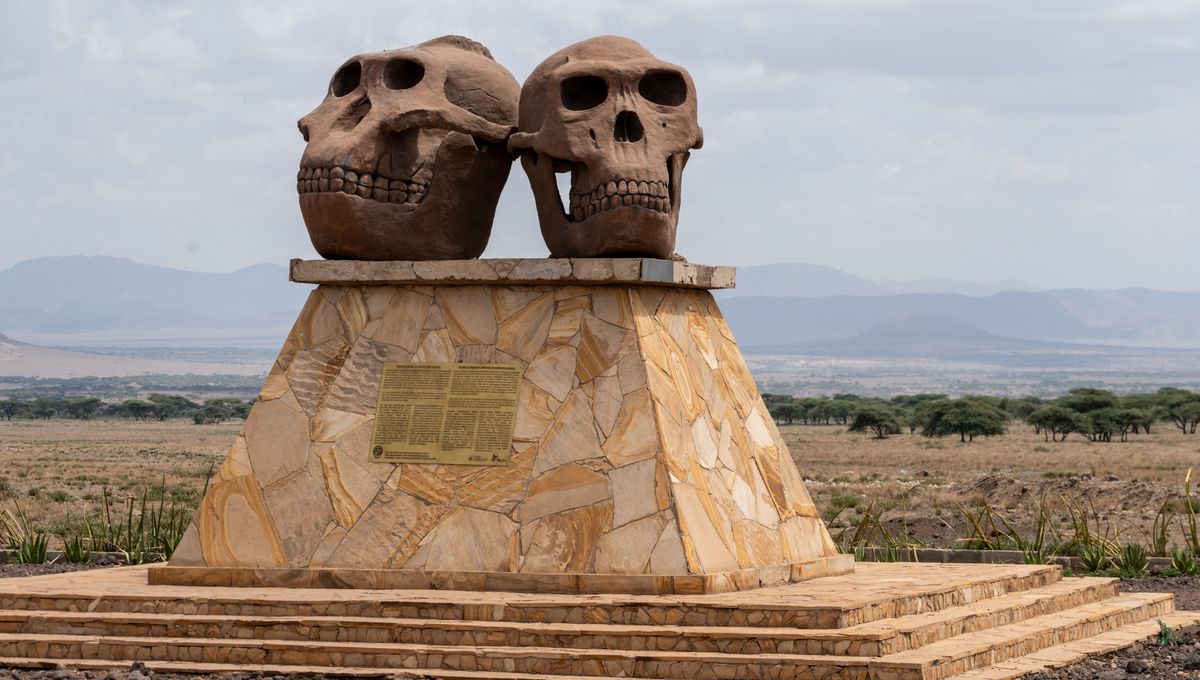New Evidence Suggests Early Humans Had a Wider African Range, Shifting Perspectives on Human Evolution
The prevailing notion that the East African Rift System (EARS) is the exclusive cradle of humankind may be an oversimplification. Although much of our current understanding of early human history is derived from fossils discovered in this region, this perspective is limited by the fact that fossilization occurs under specific conditions, typically in sedimentary basins like those found in the Great Rift Valley. This narrow focus on the Rift Valley might obscure the possibility that early humans inhabited a much broader range across Africa, where fossil evidence may simply not have been preserved.
The Great Rift Valley has undeniably been a significant site for paleontological discoveries, with key finds such as the remains of Paranthropus boisei and Homo habilis. These hominid species, dating back approximately 2.5 to 1.15 million years, have provided crucial insights into early human evolution. However, it’s important to recognize that the Rift Valley constitutes less than one percent of the African continent. This limited geographical scope suggests that our current understanding of human evolution might only represent a small fraction of the overall picture.
The evidence from the Rift Valley, while invaluable, reflects only a part of the early human experience. Given that early humans were likely to have roamed over vast areas, their habitat would have extended well beyond the confines of the Rift Valley. Modern mammals, for instance, inhabit significantly larger territories, which implies that early humans also likely explored and lived in diverse environments across the continent.

Recent research and new fossil discoveries from other parts of Africa have begun to challenge the Rift Valley-centric view of human origins. For example, findings from sites in southern and northern Africa suggest that early humans were present in a variety of ecological settings, ranging from forested regions to open savannas. These discoveries indicate that early human populations were more geographically widespread than previously thought, contributing to a more nuanced understanding of their evolution.
This expanded perspective on early human habitation underscores the importance of looking beyond traditional fossil sites. It highlights the need for ongoing exploration and excavation in under-researched regions of Africa. By examining a broader range of locations, researchers can gain a more comprehensive understanding of early human migration patterns, environmental adaptations, and the overall complexity of human evolution.
As the field of paleoanthropology continues to evolve, integrating new evidence from across Africa will be crucial for refining our understanding of human origins. The shift away from viewing the Rift Valley as the sole cradle of humankind represents an important step toward a more inclusive and accurate portrayal of early human history. This broader approach will not only enrich our knowledge of where and how early humans lived but also enhance our appreciation of the diverse environments that shaped their development.
















